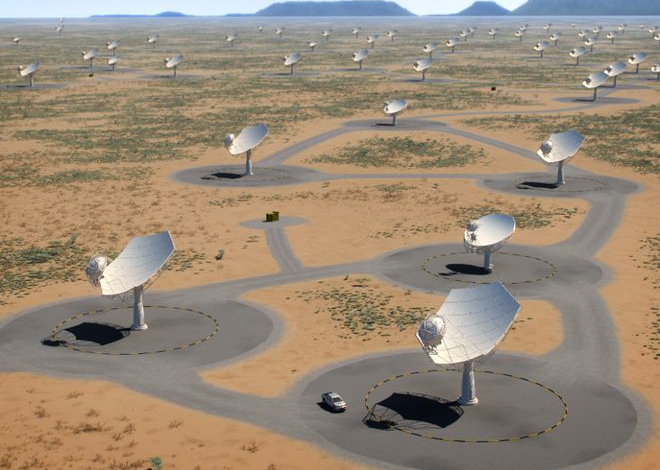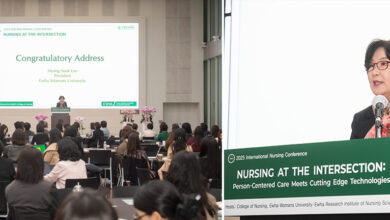Professor Zhang Tongjie’s Research Group Publishes Groundbreaking Paper on Universe Expansion in The Astrophysical Journal

A research team at Beijing Normal University, led by Professor Zhang Tongjie from the School of Physics and Astronomy, has published a study in The Astrophysical Journal. The paper, titled “Redshift Drift Effect through the Observation of the H I 21 cm Signal with SKA,” explores the use of the Square Kilometre Array (SKA) telescope for measuring redshift drift via the analysis of the H I 21 cm signal.
Study Focus
The study focuses on utilizing high spectral resolution settings of the SKA to directly evaluate the acceleration of the Universe’s expansion by detecting 21 cm emissions from neutral hydrogen (H I). The findings aim to enhance the understanding of dark energy.
Precision Measurement Capabilities
According to the paper’s abstract, the SKA telescope is designed to measure redshift drift with high precision, specifically within semiannual observational intervals and a redshift of approximately z ∼ 1, achieving accuracy levels within millimeters per second. The SKA has the capability to detect upwards of 1 billion H I 21 cm emissions from individual galaxies at redshift z ∼ 2, in addition to thousands of absorption lines from damped Lyα systems up to redshift z ∼ 13, with a sensitivity limit of 100 mJy.
Novel Methodology and Findings
This novel methodology seeks to provide accurate measurements of the velocity drift rate, predicted to exceed the theoretical accuracy limit of 1.28 mm s−1. The research indicates a Hubble constant (H0) of around 70 km s−1 Mpc−1, a matter density parameter (Ωm) near 0.3, and an equation of state parameter (w) close to -1. These outcomes support the effective use of the SL effect in real-time cosmology with the SKA, aiming to confirm cosmic acceleration and further investigate the dark sector.
Access to the Research
The full paper is accessible in The Astrophysical Journal for additional information.
Source: Beijing Normal University




